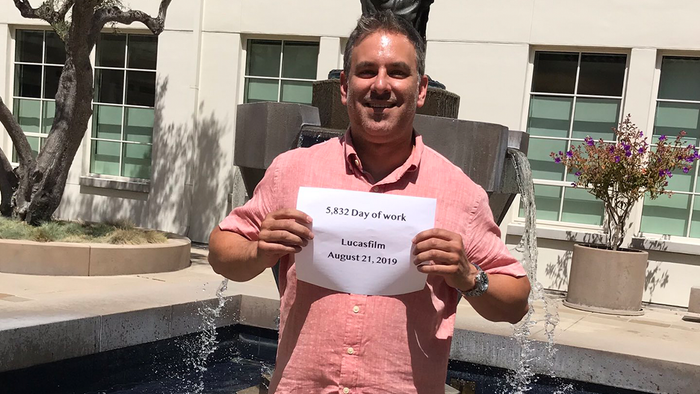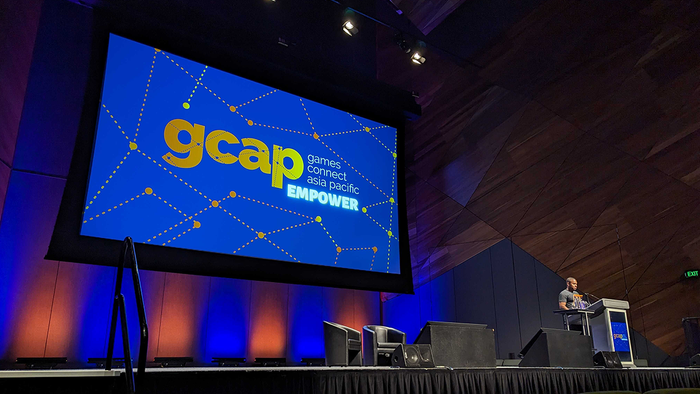
Featured Blog | This community-written post highlights the best of what the game industry has to offer. Read more like it on the Game Developer Blogs.
A Bridge Toward the Indiepocalypse
The development of our game Star Bridge, the update intended to save it, and the spiral towards indiepocalypse.

A BRIDGE TOWARD INDIEPOCALYPSE
Back in late 2014 Firebase Industries was at a cross roads. We hadn't released a game in a little over a year and the last thing we actually did ship was a PC port of Arcadecraft on the Humble Store. While Humble was extremely good to us the PC sales of Arcadecraft was no where near the demand it was presumed to be. Our PR efforts for the PC port didn't pay off and since our coverage was very light, our sales were light, and our player base was light, dooming the future of the game. It was such a strange reception to us mostly because the Xbox Live Indie Games version has sales of around 80,000 copies and most of those were at the "expensive" $3 price point.
MOONLIGHT
Sam and I decided we needed to start on a whole new project. We looked at a number of things we had started and then halted, thinking we could pick up the reigns and continue on forward. The first was a very modernized take on Zaxxon and Viewpoint with elements of Robotech/Macross, and Thexder. We had released a demo video of that to Youtube, under the working title of "Moonlight" to try to stir up interest, but there really wasn't much.
AWAKEN
Another game we had at the time was called "Awaken" and it was a horror/adventure game where the player had to evade and escape from a singular monster running around an abandoned and broken down starship. However the appearance of Alien Isolation put that on hold. Our reasoning was that in Alien's shadow it would have looked like a pale indie knock off instead of a real legitimate game.
MEGATONS
Our third game was titled "Megatons" and was a first person cross between a robotic Shadow of the Colossus and a Tower Defense game. We had a pretty great playable demo of it running in Unity 4 that showed the open world scope and enemy scale we were going for but we didn't have the man power or the money to get it across the finish line. It needed a full time animator, concept artist, and a designer. Running a Kickstarter for it seemed like a massive resource problem as it required a load of effort building the video, setting up the tiers, and managing the whole deal. That is a lot of work for two people to do while trying to build a game. We were also trying to build Megatons on a year long schedule which was pushing our comfort level given we already were 5 months in. It needed standard publisher style financing to get it made and that wasn't happening with our efforts.
JUST DO IT
Looking at the time we had left before we pretty much expected we wouldn't want to continue keeping Firebase afloat we thought we could get the "Moonlight" game done and possibly have it out on Xbox, mobile, and PC. If it was built in Unity 5 (instead of the original XNA/Sunburn version) we could get it ported to anything with a screen, so even if it didn't catch fire in one place we could make up for that across a variety of platforms. We started on that and settled on a rough Metroidvania style design which seemed pretty unique given that the game was a 3rd person shmup meets arcade, action game.
We got it far enough in a couple short months where we had a really janky untextured prototype working and even cooler, we had it working within Oculus Rift. The Rift version was unbelievable. We had these incredibly rough looking, but massive starships, hovering above the trench like environment and the scale was incredible. You felt like this scrappy jet ripping around while being caught in the shadows of these incredible, impossibly large ships. Even having seen demo's on Oculus in the past, this was to us the most impressive VR we had seen.
However as the game progressed a few things changed within the industry and within Firebase. Crossy Road had come out and gained a massive amount of traction and revenue through a fantastic ad implementation combined with its cast of characters, and approachable style. For Firebase, internally our temperament for working for nothing with very little revenue coming in was straining us. I also just had a newborn daughter and couldn't dedicate as much time to a larger project as I would like. Money and time were premium currencies.
BUILDING A BRIDGE
We need to scale back Moonlight and make a game that could be built way faster. Crossy Road's swipe to move solved the isometric control problem that drag to move couldn't. If we set Moonlight on a 3D grid, made the view traditionally isometric instead of 3rd person, and wrapped it in an Endless Runner frame we could have a new game built in about 5 month and that is how the concept for Star Bridge came about.
I scavenged through the art that was already built for the Moonlight prototypes and rescued, repurposed, and refactored what I could. This included a tank, some towers, the side walls of the environment, a bridge piece, and the background starfield. As the game would no longer feature a transforming mech as the centerpiece I needed to develop new ships. I roughed in 5 ships, kitbashed and heavily modified from sci-fi standards, and had the intention of making them each have different abilities. Our first game, Orbitron: Revolution got hammered for the two ships we offered looking a bit different but playing identical. I didn't want to make the same mistake.
Development was incredibly smooth which is pretty much the norm for us. The new prototype was up and running on an iphone in a matter of days. The swipe to move worked perfectly and the randomized endless environment was already surprising us with its variety and playability. The game was already on a perfect trajectory to getting done on time.
A few changes were made through development though. Star Bridge was always intended to be Free to Play, like the vast majority of the games available on the App Store. Mostly because we simply wanted people to download and play it without any barrier to entry. However a few people suggested we add power ups to the ships and offer them via a coin system. People like collecting coins and it added to the bottom line of the game so why not include it?
Up to that point, even if a player bought all 4 of the $1 IAP ships on offer, we would have only made a maximum of $2.50 after Apple takes their cut so it made sense to monetize the game in another way. It was also optional as we wanted enough coins to be earned in gameplay that it wouldn't get in the way of having fun. We never once wanted Star Bridge to be a pay to win game and because of this we limited the amount of times a player can continue after being shot down so they can't just keep exploiting the game and buying their way forward.
About half way through development we ran into the most difficult and challenging game design decision. Star Bridge was originally meant to be played only in landscape. Unfortunately all of the most popular games were portrait and that included Crossy Road and Flappy Bird. With a game like ours where visual depth is a gameplay mechanic we were concerned that the change of view wouldn't work but given the standard of a portrait display style we did a prototype of it. When we integrated it we found the game was even better that way. It allowed the game to be played with one hand very casually so we began the long and meticulous process of redoing the whole UI framework to support both portrait and landscape.
BRIDGE TO SELL YOU
As May turned into June I started turning my attention to the marketing of the game. I figured I could do 3 really nice CGI shots to bookend the actual gameplay. I wanted to go the CG route as an attention grabber as it seemed like that is what the bigger mobile games were doing. I also wanted the trailer no more than 1 minute long. We got blasted for our overlong 3 minute Orbitron: Revolution and Arcadecraft trailers that we put together.
We had heard from people in the media that PR is never read anymore and a trailer combined with a game in hand is the modern way of approaching press. That was what we were going to do. We also didn't want a lead up. It killed Orbitron: Revolution to release the first trailer and then the game five months later. A trailer was going to be the frontline of the marketing push and then to top it off we wanted the surprise of the game being available that day, and for free.
The problem was that we were getting REALLY antsy. August 1st was looming and we had wanted the game out a month before that. The horrible and useless feeling that the game was taking forever crept in, as was imposter syndrome where we were beginning to question everything in the game and whether it was any good, whether we mattered, and maybe the whole thing was just a terrible mistake. It was important for one reason or another to get it out before the end of August because we had the feeling that all of the shiny big games were getting prepped to launch and there would be no press room for a little free to play iOS game.
RADIO SILENCE
We did our best to rally our Twitter followers to help us get the word out. We hit our Facebook page, LinkedIn, a few forums, Tweeted out to people we thought would be into the game, and sent the trailer to almost all of the press contacts we had. Almost dead silence ensued. 37 people had played the game in 48 hours and 7 of those people were friends. Our retweets were low, our page views were low, no stories in the mobile game press were written, and no game websites picked us up.
After launch I start getting information of what you are supposed to do. Contact Apple themselves, hit up different press, get Youtubers on board, etc. It turns out that basically everything that we did in terms of promotion was 100% wrong. The launch was a catastrophe. Six months of game development and effort evaporated in the matter of hours and we only had ourselves to blame. We rushed the game out the door due to ridiculous anxiety and didn't preload the press. How could anyone care about something they didn't know existed?
The game as it launched was completely playable, supported all of the features we wanted and looked pretty great. However, we COMPLETELY botched the start of the game. Thinking everyone had played Crossy Road or similar and would get the swipe to move mechanic was our first major mistake. Many players couldn't get by the first door that was intended to be our non hand holding tutorial. So even if a gamer downloaded the game, we pretty much made it so they couldn't play it because our directions were too subtle.
Our social Everyplay functionality worked great but the front facing camera placement was in the worst possible location short of being dead center on the screen. If a Youtuber actually did do a video using it, it would have been embarrassing. We couldn't even do a video for ourselves using it as it would have made us look really bad as well.
Star Bridge was fast becoming a colossal failure, a waste of time, and may as well have not ever existed. Firebase's indiepocalypse was in sight.
It begged the question whether we should just give up on the game, accept that 6 months of effort went down the drain, and that no one wants what we have? Or should we critically look at what we made and see if we can rescue it?
PULL IT FROM THE FIRE
We decided to rescue it. The game itself is great. We believe in the game so much and many of our players love it and play it a lot. Our ad hits are actually pretty high given the size of the player base as well. The problem is no one knew the game existed and we made a few really poor PR decisions which didn't help. The internal problems in the game were completely repairable. "A delayed game is eventually good, but a rushed game is forever bad" would be a truism if we were unable to fix the damage that was done.
IMAGE IS EVERYTHING
Visual identity was the a significant challenge to take on. The game didn't have a look. Not like Race the Sun, Monument Valley, or even Crossy Road. Firebase as a company has had this problem since inception. We stay in the middle ground between indie and A projects and that is a deadly place to be. A lot of that is because I'm literally not that artist. I grew up with Star Wars, Battlestar Galactica, Aliens, and Starship Troopers. Heavy industrial shapes with metallic blue greys. As a result my art doesn't look like what an iOS game looks in today's market and as a result Star Bridge probably didn't look Apple enough.
We needed to change the way the game looked and it needed a cleaner, more approachable modern style. So we decided to actually pull color out of most of the game and only use it to punctuate certain gameplay elements. Making the world primarily white and grey makes it look more cleanly futuristic and focuses the player where it matters, in the actual gameplay space. We pushed the oranges and reds harder as a result. We also darkened the fog so it looked more like space and less terrestrial. The end result seems leagues better to us. Almost the whole game needed this treatment too and that included the icon, the Star Bridge logo, the Firebase Logo, the Key Art, and so on. A completely new visual package to surround the game was built.

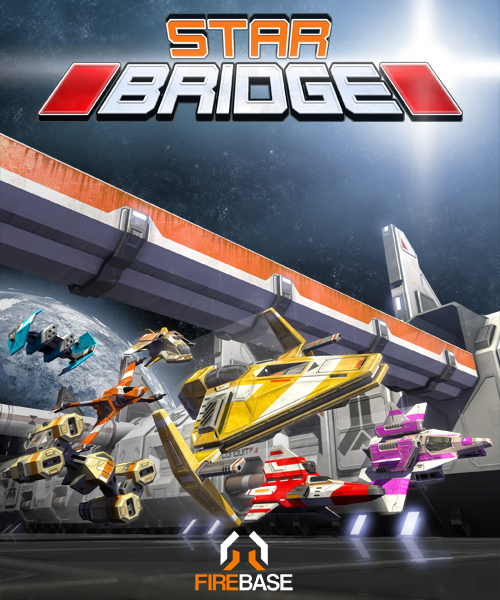
HOW TO PLAY
Star Bridge needed a real tutorial. There is a modern expectation that exists where the game must teach you to play even if it is obvious. No one should question how to play your game when they first download it. From experience we know that you can't explain mechanics in text, no one reads it. The best way to teach the player is to literally force them to do everything that the game offers at least once. Swiping to move, firing on enemies, tapping enemies to fire missiles, and holding the screen to boost forward. That is the whole game. If we could get them to do it once, chances are they will remember forever. So we went about building a new tutorial that was as clear as possible and added it to the start of the game.

WAS IT THE GAME?
Was Star Bridge simply dull? The early stages were if you had played it a few times and got decently good at it because the first three zones were often very empty to allow new players a chance to get better. We looked at games like Flappy Bird and Down the Mountain, games that have no problem killing you off in seconds knowing full well that you are going to try again. The best way to fix this was to adjust the population density of the levels, so we pushed the Zone 3 difficulty forward to the start of the game. This way the levels are populated almost immediately and there is often no long stretches of empty space. Sure, the game is now harder, but gameplay is more immediate and failure is remedied faster than stretches of boredom.
We also needed to double down on the coin/credit economy in the game. Not because of in app purchases or monetization reasons, simply because of game design reasons. Players love collecting coins. They will fly into deadly situations just to get one coin and the availability of coins keeps the player moving around the world more and having a lot more fun doing so. To that end we changed the game so that every enemy you destroy drops a coin. It completely effects the perceived value of the IAP coins, due to there being more of them freely available, but given the choice between making money on virtual currency or serving players a more entertaining experience we chose the later.
CONTENT IS KING
The five ships Star Bridge started with never seemed like enough. We had designs for two more and also had dialogue recorded for another six just in case. I built two new ships from scratch and Sam integrated them into the game, bringing the available ships to seven. It feels better now, or at least much more rounded.
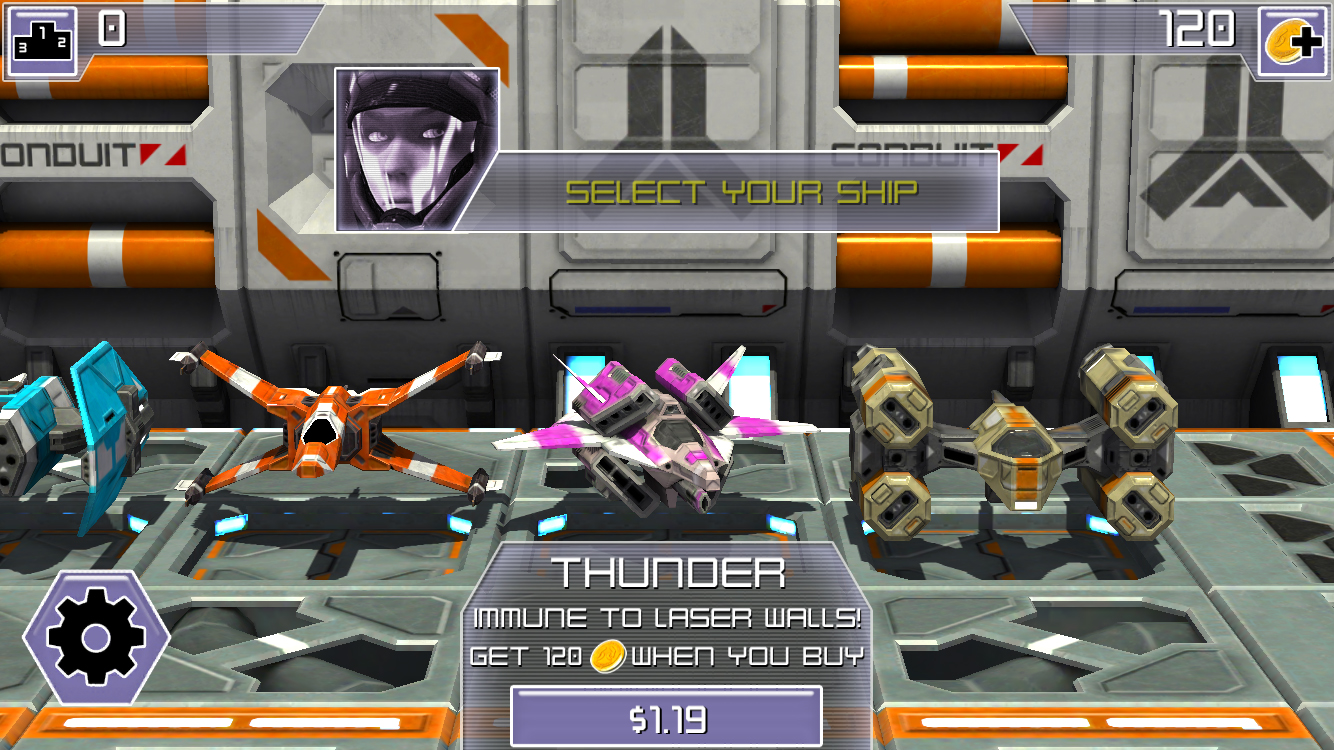
RELAUNCH
While we feel as though the game has been significantly repaired, PR is still a difficulty. The very fact that we are reinvesting time, money, and effort to make good on a game that failed is our PR. Firebase has always cared about the quality of the games we released. Orbitron: Revolution, and Arcadecraft both got substantial updates within a month of release, and we couldn't leave this game the way it was.
The update to Star Bridge is now available on the App Store. A premium Console / PC version is in progress and can be found on Steam Greenlight. Finally, Arcadecraft on PC has been updated to include a Star Bridge Arcade Machine!
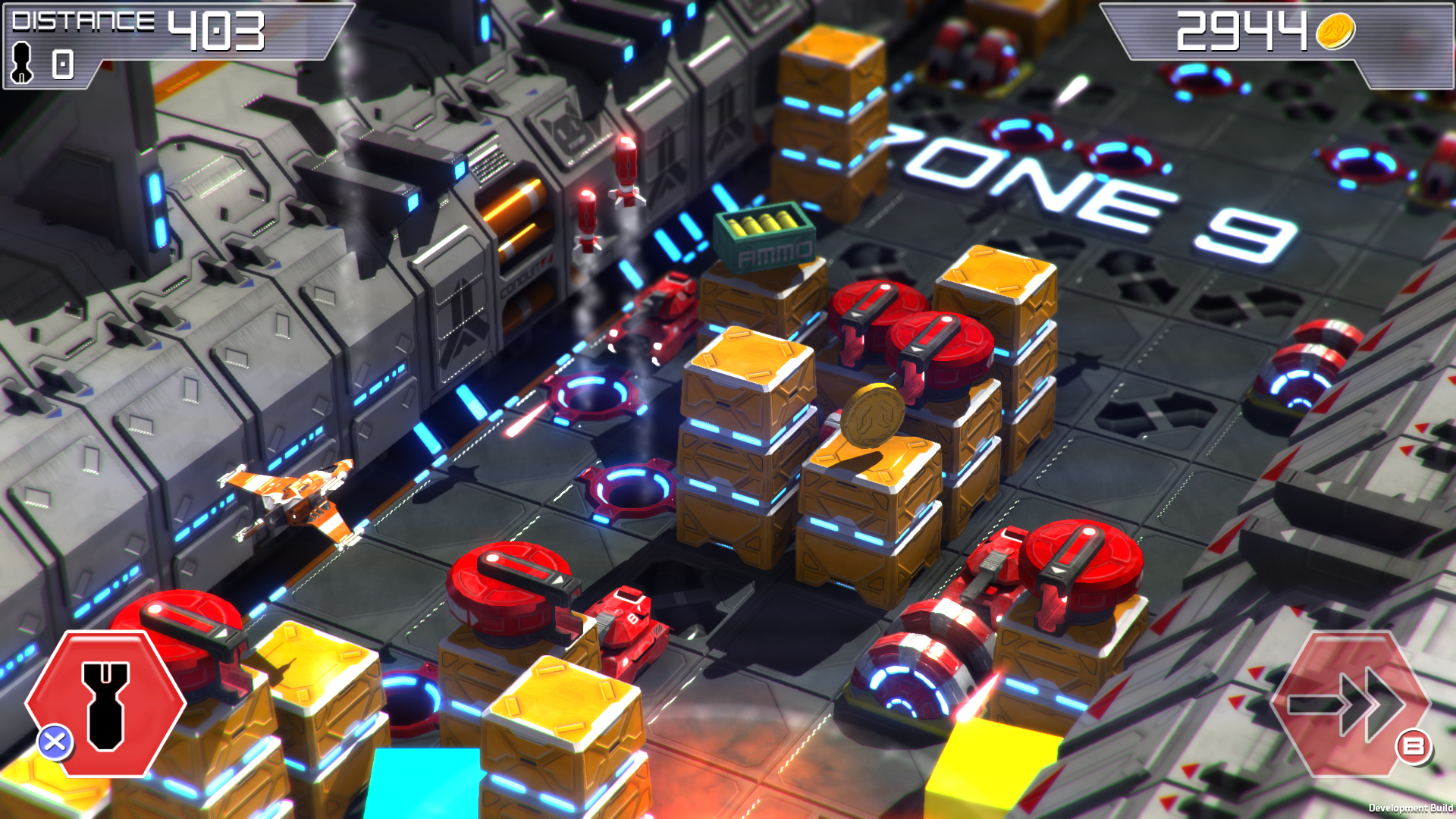
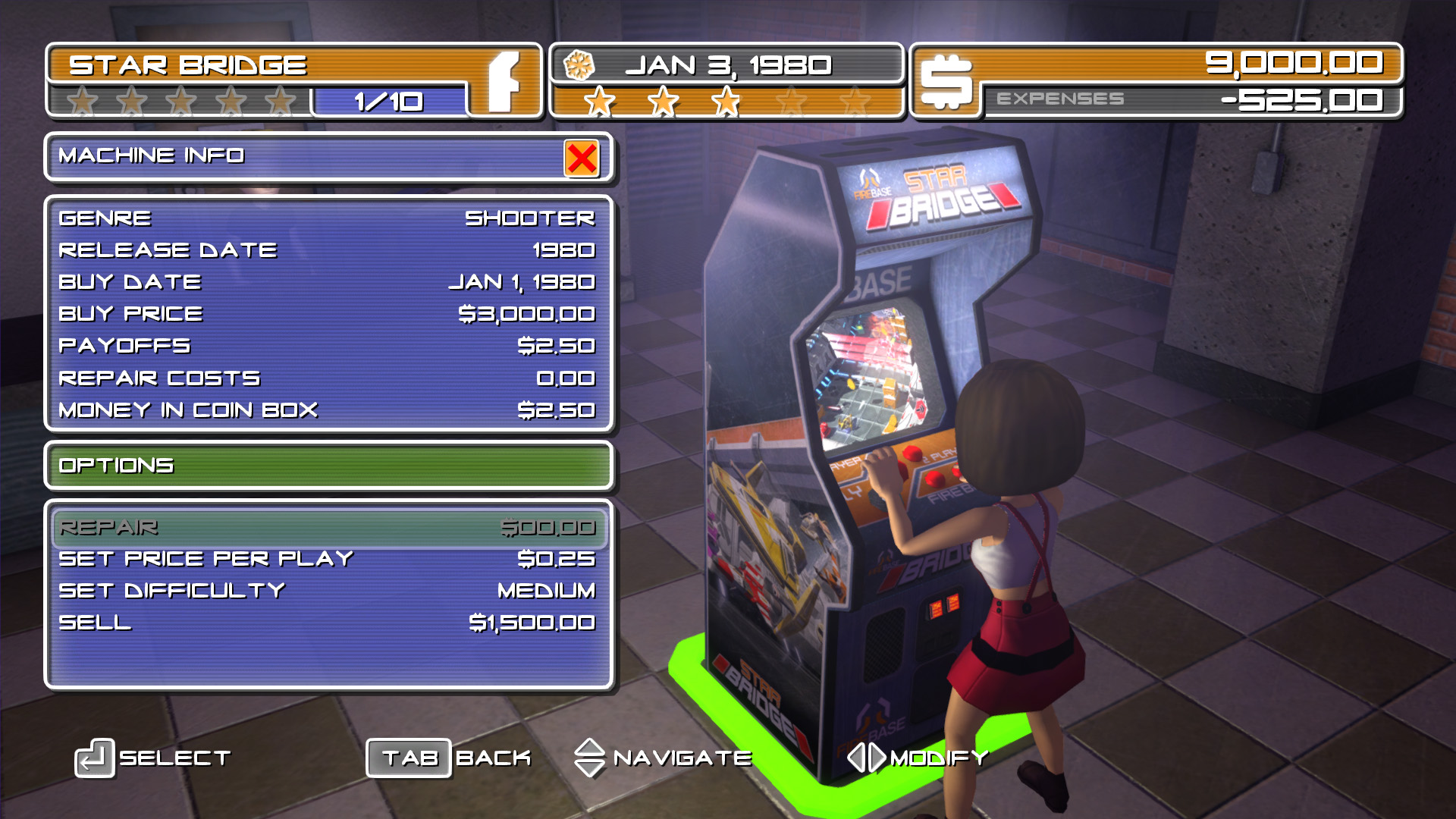
ABANDON FIREBASE
If Star Bridge iOS gains no traction, and no one is interested in a Console, PC, or VR port the game is done. If business opportunities remain non existent, Firebase has indeed met its indiepocalypse.
We have learned a lot from building our games. More so than staying in comfortable jobs in larger companies working in our previous roles. No one can tell us that two people can't make a game. No one can say we were not self motivated after building and releasing more than three full products. No one can say we never gave it a good try.
Building the games, building a company, has been unforgettable. We have met so many great people, been to game conventions, and even visited the Microsoft campus. All we wanted to do with Firebase was to do well enough to cover our expenses and time. We still have many games that we would love to build, given a future.
The biggest take away is that building games is easy, selling them is hard.
Read more about:
Featured BlogsAbout the Author(s)
You May Also Like


